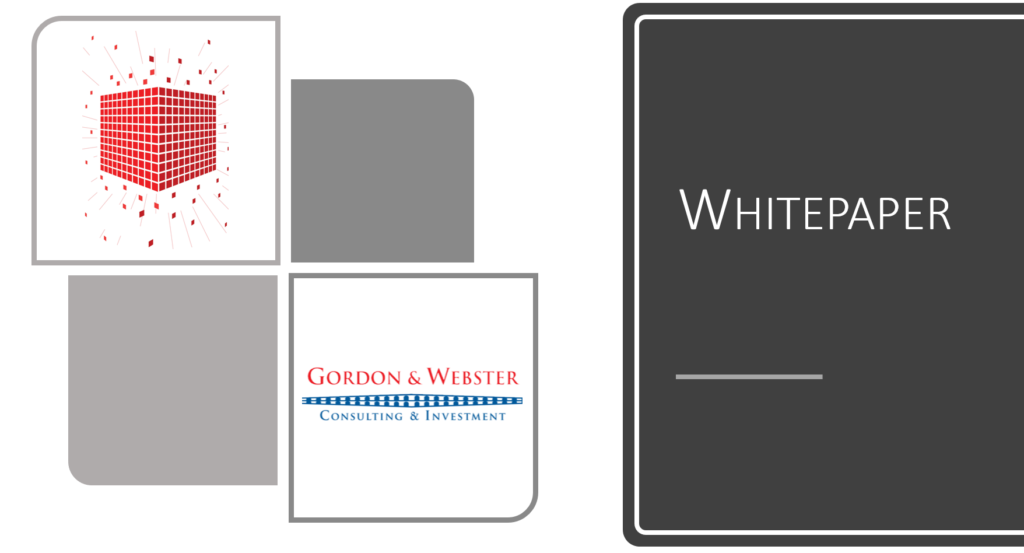Architecture
- Server page
- SQL server
- Analysis Services
- ABUX application server
- Application of Integrated Services or PENTAHO in data integration between ERP and AB
- Client side
- Microsoft Excel
- Platform independent data visualisation client (optional)
- MS Power BI
Introduction
The implementation of ABUX controlling software is extremely fast due to its architecture, which is based on the MS SQL server, MS Excel and its standard functions, widely used by corporate finance professionals. The software adds extra capabilities to the above standard functions (e.g. pivot will accept data entry arbitrarily).
During the implementation, the consultant will teach the technology and how to use the system without the need for a consultancy.
Licence
Support
Deployment environment
The minimum environment parameters required for deployment on the hardware and software side are as follows:
Hardware:
Server:
CPU: Intel Xeon (or equivalent)
Memory: >=16 GB HDD: >=500 GB
Client:
CPU: Core 2 Duo (or equivalent)
Memory: >=2 Gb HDD: >=80 Gb
Software:
Server:
Operating System: Windows 7, or Windows 2003, or 2008 server, or 2012 server, or 2016 x64-bit
Database: MS SQL 2008 / 2008 R2 / 2012 / 2014 / 2016 / 2017 / 2018 x64-bit Standard, or Enterprise edition.
Client:
Op.system: Windows XP, or Windows 7, Windows 8.1, Windows 10
Framework: Microsoft Excel 2010 / 2013 / 2016 / 2019 Other: .net framework 4.0, SQL 2008 native client
User authentication: active directory domain identification
Software features
Factual data analysis
Full data integration (scheduled (background, automatic) and/or manually triggered data transfer of master data, transactions)
Processing of data, transactions on standard tools (MS SQL, MS Excel)
Automatic calculations, calculated fields (indicators, specific values, etc.)
Possibility of uploading any other information in addition to standard controlling data (naturals, production volumes, headcount, other financial data, stocks, receivables, investments, salary analytics, etc.)
Plan data generation
Copy data between any versions (e.g. copy factual data to plan version), manage new article, new customer based on reference data, set up aggregation (e.g. monthly aggregation, planning levels by partner group or article group)
Bottom up and Top down approach either simultaneously, in parallel
Information flow management (aggregated relevant data input)
the system takes the information that is available and aggregates it upwards into aggregations and allocates more detailed data downwards. Thus, it is not necessary to produce information that is not naturally available during the planning process.
The plan and fact will have the same level of detail and structure without the additional energy and attention required to break down the aggregate design. It transforms the strategic plan into an operational plan.
Comparison of versions (plan versions/fact/base/forecast)
All versions on one platform for integrated support of control processes (planning and analysis in one place with the same tools)
Cost allocation
The costs to be allocated in one or more steps, the basis and the method of allocation can be simply selected from drop-down lists to create rules that can vary from version to version, from period to period, and thus the items to be allocated are routed to the element of your choice (product, partner, etc.) For example, selecting the depreciation of a plant building, the costs are allocated between cost centres on a pro rata basis by area, and in a second step, the costs are allocated to the work items in the cost centres on a pro rata basis by man-hours.
After the allocation, it is possible to see how much of the cost item was initially booked for the cost centre, how much was received during the allocation and how much was transferred to other items.
Forecasting: according to the company’s business model, the system generates a forecast for sales volume, value and cost items by automatically combining plan and actuals (the method is company specific).
Data input from data providers: data providers can provide data to the controlling database with a direct data link without an AB licence (during planning, but also for specific fact items)
Data visualisation: The ABUX database is compatible with MS PowerBI platform-independent (Windows, iOS, Android) display devices, and can be used to publish interactive graphs and reports even on mobile phones.


